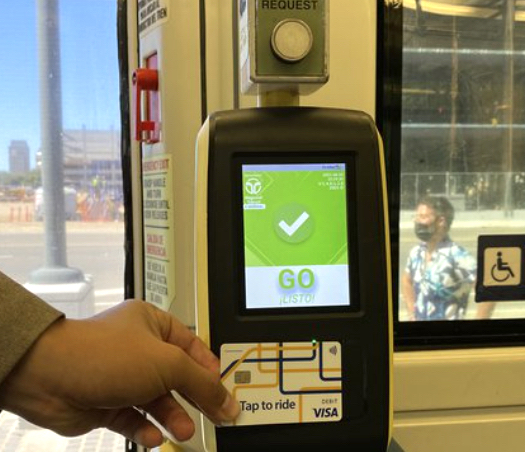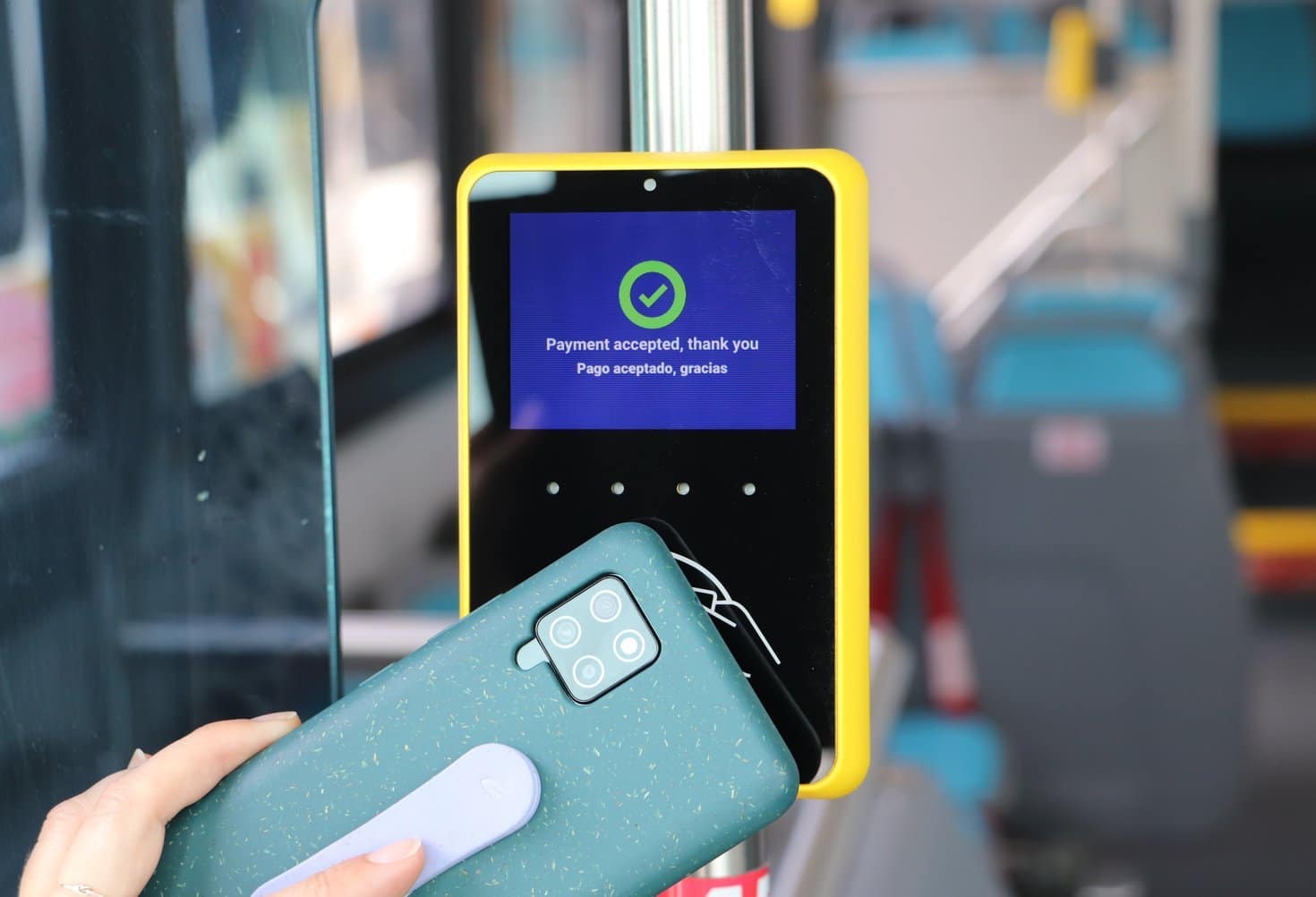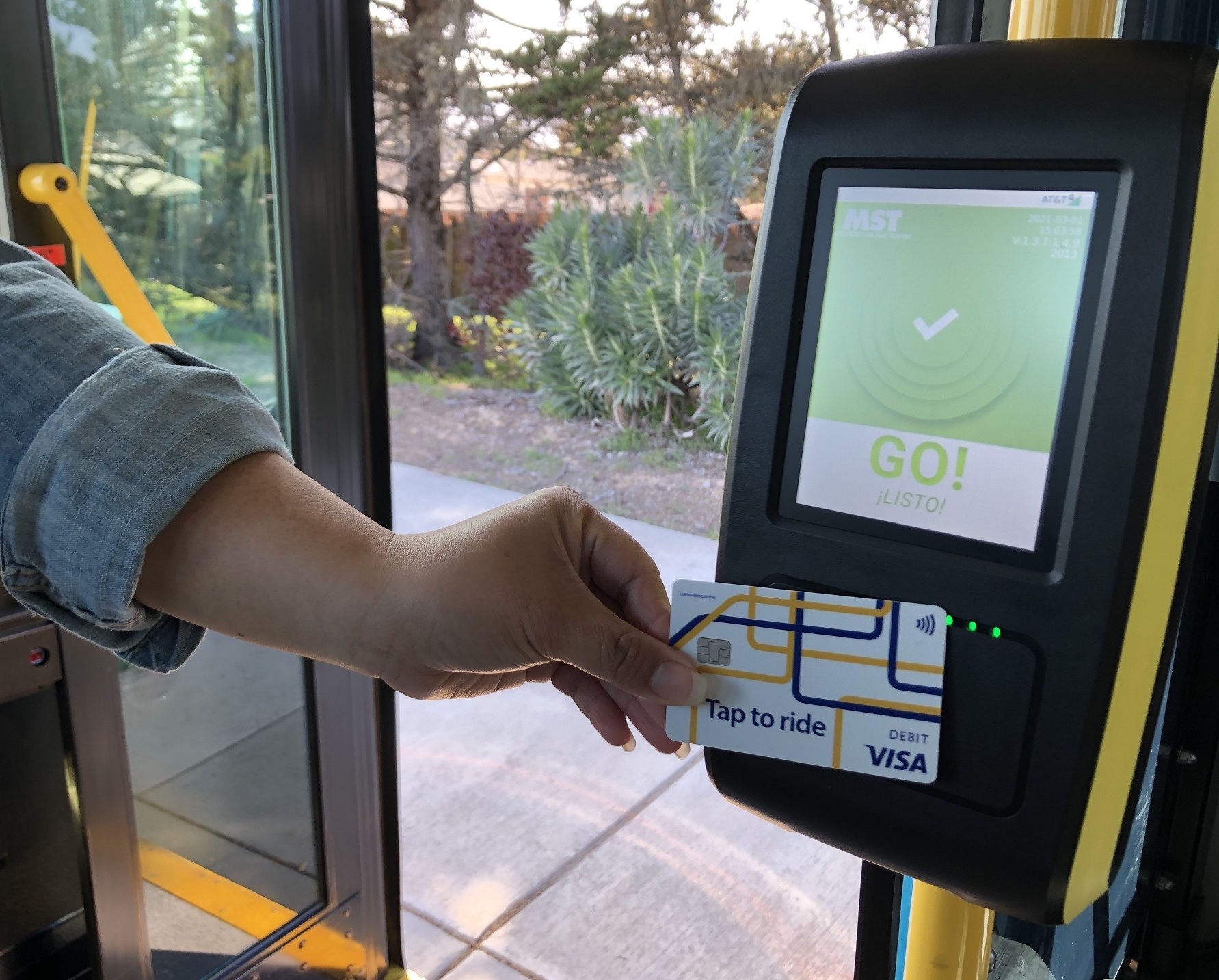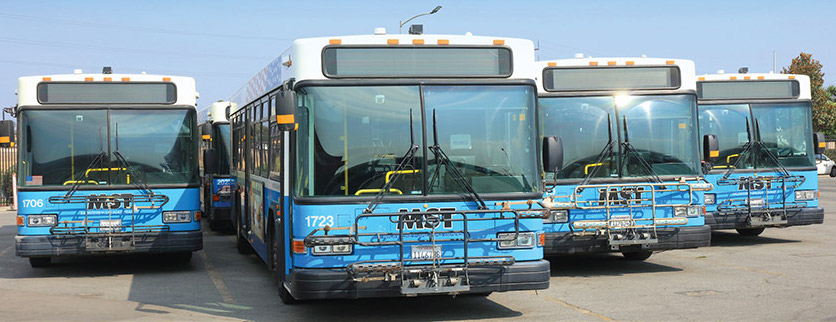
Article Highlights
Interest is running high among small transit agencies in California to participate in a state-funded program, Cal-ITP, to help the agencies procure open-loop payments technology, according to a source with Cal-ITP. The intiative, which will set up contracts with vendors to sell agencies the hardware and software they need, will also be available to agencies outside of the state.
California’s more than 300 transit agencies have a combined 8,500 fixed-route public transit buses and more than 19,000 total revenue vehicles, including light rail, vans, and other demand-responsive transport vehicles, though not counting commuter and long-distance rail. The latter also could buy validators or transit processing services via the state contracts.
California transportation officials are hearing strong demand among transit agencies in the state to move to open-loop payments, a person handling communications for the state Department of Transportation’s California’s Integrated Travel Project, or Cal-ITP, which is helping agencies procure the fare-collection technology, told Mobility Payments.





















